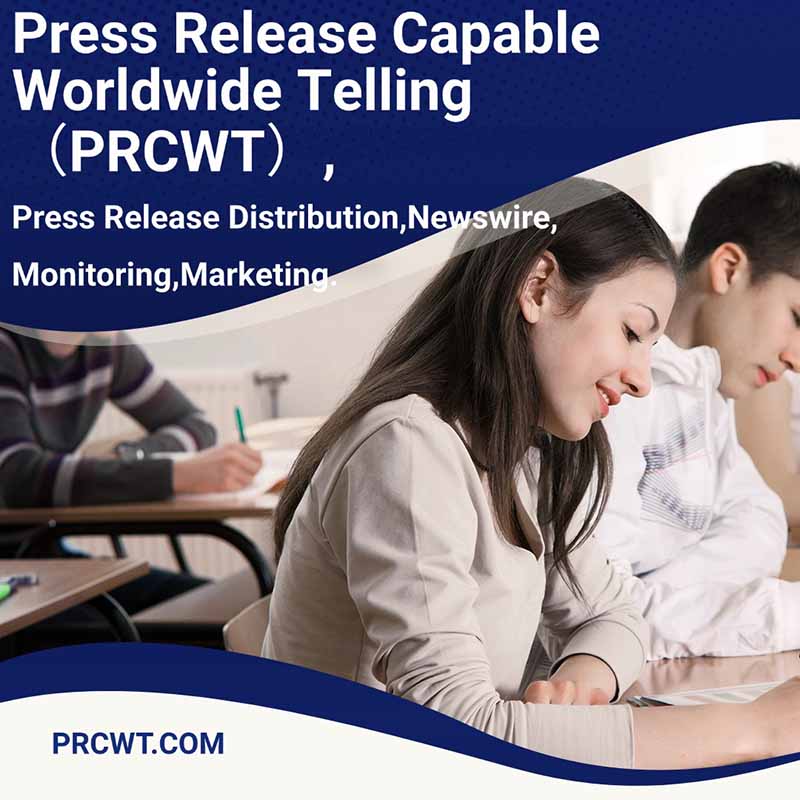In today's highly connected world, the concept of "Worldwide Telling" has emerged as a crucial force. It refers to the ability to communicate and share information on a global scale, transcending geographical boundaries. This phenomenon has brought about significant changes in various aspects of our lives, from business and marketing to culture and society.
One of the key aspects of Worldwide Telling is the impact it has on brand communication. With the ability to reach a wider audience, brands can now establish a stronger global presence and connect with consumers on a more personal level. According to recent industry data, brands that embrace Worldwide Telling strategies are experiencing higher levels of brand awareness and customer engagement.

For example, companies like Coca-Cola and Apple have successfully utilized Worldwide Telling to build global brands. They have leveraged social media, digital platforms, and international marketing campaigns to reach consumers in different countries and cultures. By telling their brand stories in a consistent and engaging way, these brands have created a strong emotional connection with consumers worldwide.
Another important aspect of Worldwide Telling is its role in shaping public opinion and driving social change. In today's digital age, information spreads rapidly, and stories have the power to influence public sentiment. Brands that take a stand on important issues and use their platforms to advocate for positive change can have a significant impact on society.
For instance, companies like Patagonia and Ben & Jerry's have been vocal about environmental and social issues, using their brands as a means to drive action and raise awareness. By aligning their brand values with social causes, these companies have not only gained the trust and loyalty of consumers but also contributed to making the world a better place.
However, Worldwide Telling is not without its challenges. With the increase in information overload and the spread of misinformation, brands need to be strategic in their communication and ensure that their messages are clear, accurate, and relevant. They also need to be sensitive to cultural differences and adapt their messaging accordingly to avoid misunderstandings and backlash.
In conclusion, Worldwide Telling is a powerful force that is transforming the way we communicate and do business. By embracing this concept and leveraging the latest technologies and platforms, brands can build stronger global brands, drive social change, and connect with consumers on a deeper level. As we move forward, it will be interesting to see how Worldwide Telling continues to evolve and shape our world.